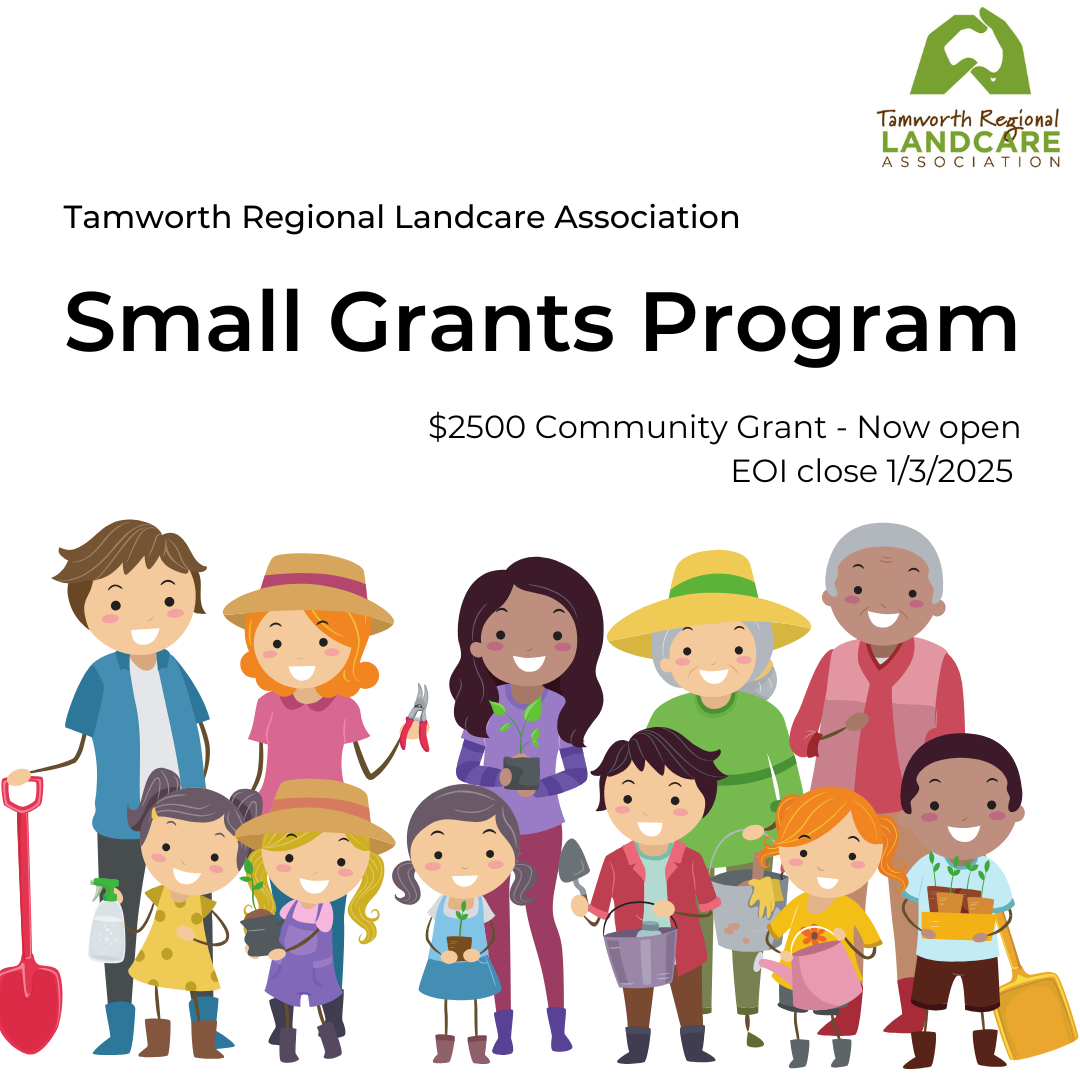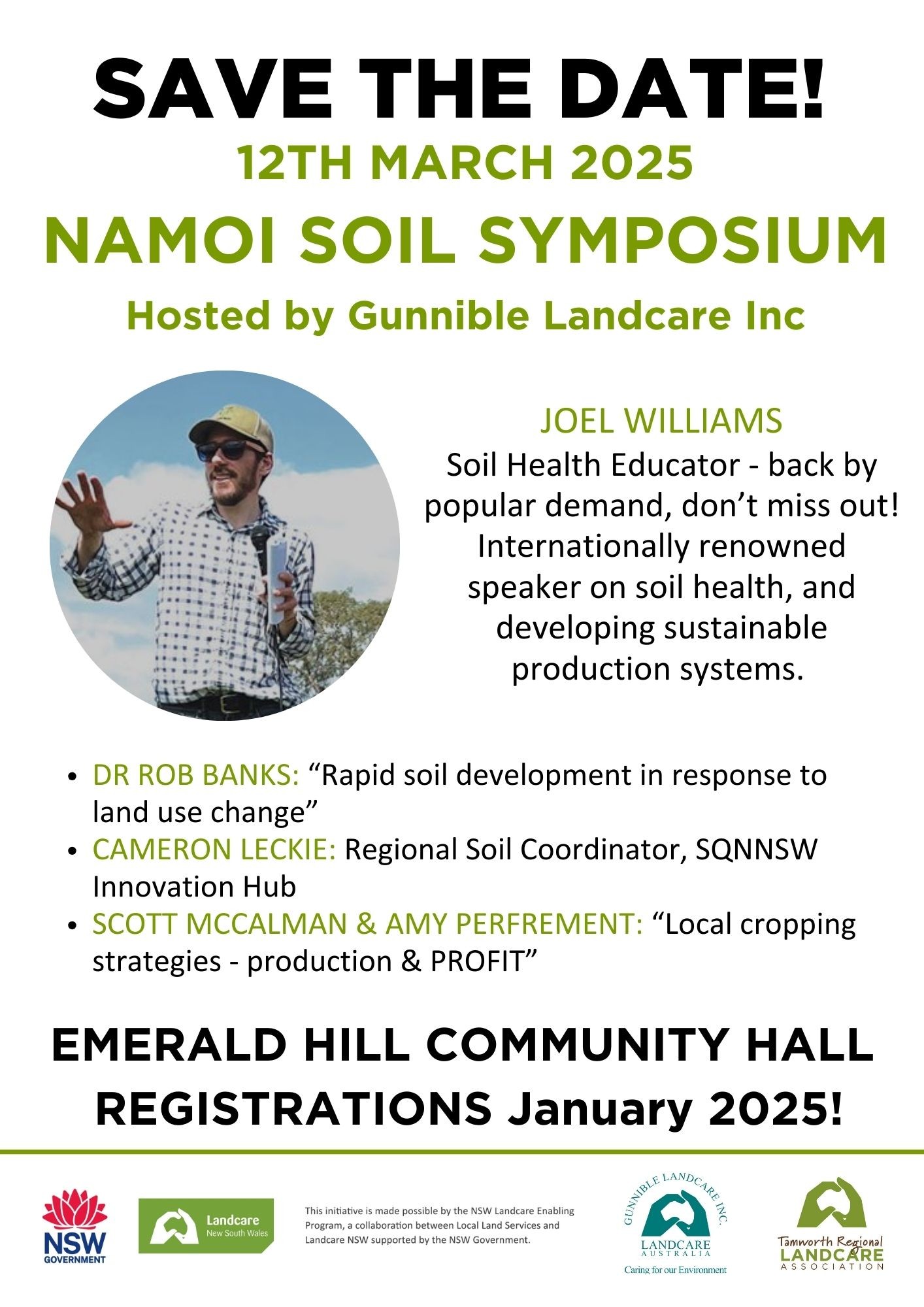Box-Gum Woodland Photography Competition






































What is Box-Gum Woodland?
A Box-Gum Woodland is a critically endangered ecological community, an open grassy woodland characterised by the presence or prior
occurrence of White Box (E. albens), Yellow Box (E. melliodora) or Blakely’s Red Gum (E. blakelyi). It has a ground layer of native tussock
grasses and herbs, and a sparse, scattered shrub layer. The community is an important habitat for a wide range of threatened animals,
particularly in communities where there are old, large trees with hollows. Examples include Koala, Squirrel Glider, Barking Owl, Superb
and Swift Parrots and the Regent Honeyeater.
Why is it important?
Areas of Box-Gum Woodlands have been drastically reduced since colonisation, with what remains often degraded and highly fragmented. Data
suggests less than 5% intact remnants remain of an area which once covered roughly a third of eastern Australia, from central Queensland
all the way down to Victoria. Box-Gum Woodland is under continued threat from clearing, timber and firewood cutting, grazing, weeds and
disturbance.
How can I tell if I’m in a Box-Gum Woodland?
- Is the site on the Western Slopes and Plains or Tablelands?
- Does the site contain, or would it have been likely to have contained White Box, Yellow Box or Blakely’s Red Gum?
- Is the ground layer mainly grassy?
- If the site is degraded, is there potential for assisted regeneration of the tree layer and understorey (e.g by removing grazing, weeds etc)?
If the answer is Yes to the above questions, you are more than likely to be in a Box-Gum Woodland.
White Box Yellow Box Blakely further information
For more information on Box-Gum Woodlands visit –
https://landcare.nsw.gov.au/groups/tamworth-regional-landcare-assoc/klori-travelling-stock-reserve/





.png)
